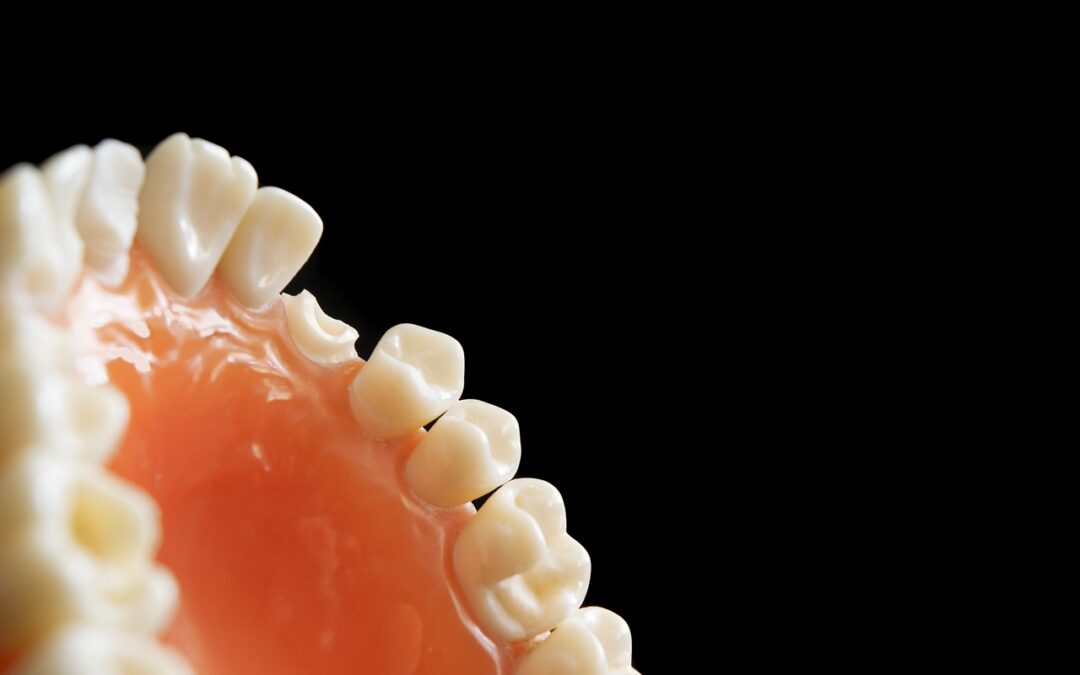While I was in dental school I helped one of my professors with his research project to see the tissue response in animals from implanting different materials. At that time, the idea of implanting something in the gum to replace a tooth root was science fiction. Unfortunately, we did not try titanium or any bone-like materials. The sterile metals (gold, copper, steel, silver, nickel, etc.) plastics, and glass all became infected during the immune=rejection response in the lab animal.
Some years later, a Swedish orthopedic physician observed that the titanium plates or splints used to repair bone fractures could not be removed after healing because the bone had grown and integrated into them. He eventually fashioned a screw-like titanium root and the first dental implant was born.
Today, implants are accepted by the American Dental Association as an accepted technique. They are still not 100% successful nor are they easily applicable for everyone. Sometimes we still get an occasional failure of the implant to integrate with the bone and it eventually rejected or infected. Smokers, those with uncontrolled periodontal disease (high bacteria counts), diabetics and other conditions can predispose to failure.
An implant can be used as a single tooth replacement or as an anchor for a wobbly or poorly retained denture. The latest development is called “all on 4” or “all on 6” where four or six implants will support a full mouth of solidly fixed teeth. This outcome for someone missing all of their teeth is amazing enhancement of smiling, chewing and lifestyle over the best conventional denture. Unfortunately, it is still too expensive for most denture wearers to consider.
Dr. Alan Ross, Keene Family Dental, 67 Mechanic Street, Keene, NH 03431 Phone: 603-357-6767
